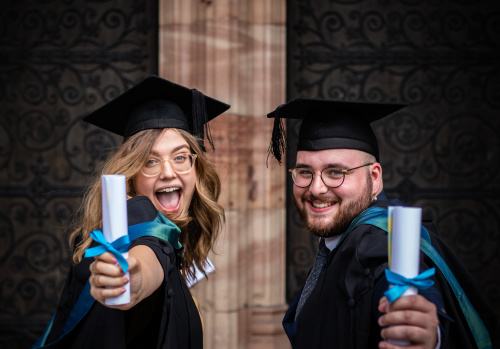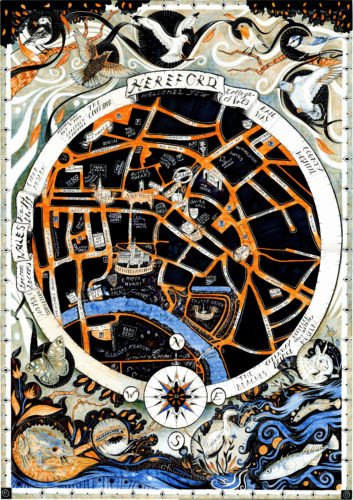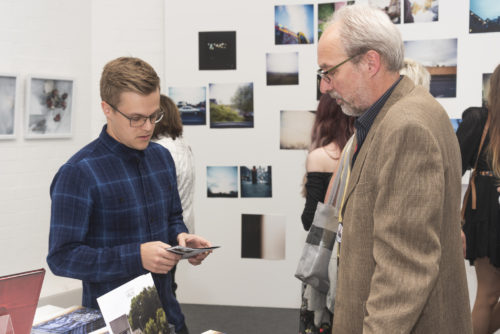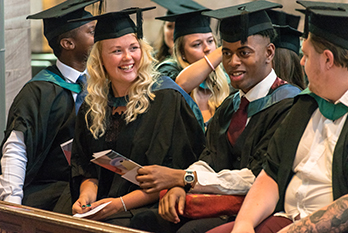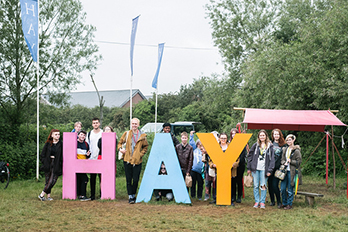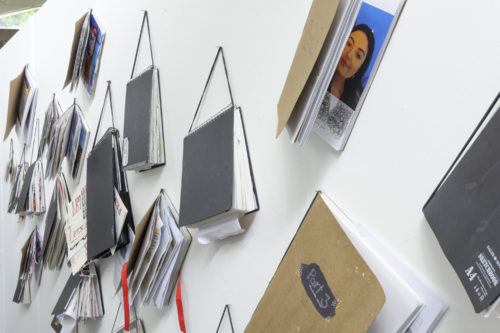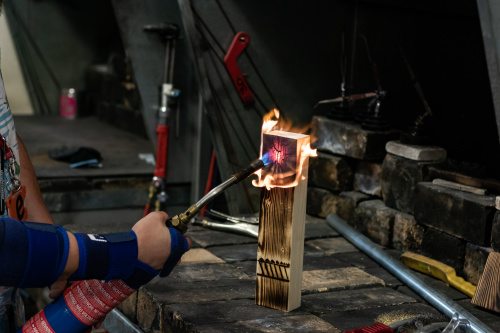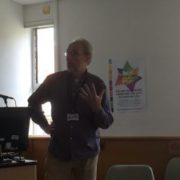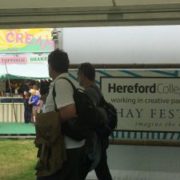RAISE 17: discussing student engagement
Published on 08.09.17
Engagement. It’s one of those contested words that can be interpreted in so many ways. Participation, taking part, sharing, association, involvement. It’s certainly a multi-dimensional idea, and the opportunity to participate (engage) in meaningful critical debate as part of a wider conversation around ‘student engagement’ is important. From my perspective, a range of voices was
Categories
Engagement. It’s one of those contested words that can be interpreted in so many ways. Participation, taking part, sharing, association, involvement. It’s certainly a multi-dimensional idea, and the opportunity to participate (engage) in meaningful critical debate as part of a wider conversation around ‘student engagement’ is important.
From my perspective, a range of voices was one of the delights of RAISE 17 (and, it has to be said, of their literature and work in general). I would have loved to attend all three days of the conference, but twitter is great for giving snapshots of activities, and this seems like the sort of organisation which shares slides, so you can participate vicariously, if not in person. So, even if I wasn’t around for Professor Sally Brown’s keynote I could catch the gist of it, and I loved the plenary session mid-point through the day on the 7th, with the range of different voices, particularly from students both as panel members and in the audience.
This was a diverse conference, presenting ideas of engagement from many different perspectives and in many different modes; as an ideas-gathering experience it left me thinking about how we might be braver in our approach to engagement, and how far we might challenge ourselves to take some risks; see engagement as part of a journey.
For example, Professor Laura Ritchie and her students from Chichester University shared a fascinating experience that showed us practice-led innovation and engagement with curriculum and project. with her students looked at how students can gain real-life skills and experience through co-planning aspects of the curriculum; in this case a road trip to Los Angeles performing and educating as part of an assessed module around professional practice. And then Laura (with her students) wrote a book.
They stressed that this project was not a ‘holiday’; all the organisation was done by the students outside of their classes, and the articulacy and performance of the students at the presentation also acted as a testimonial to the skills they had learned. I hope to take some of these ideas back to HCA and see how we might look to developing something like this as part of our curriculum design work, adapted to our context as an arts college.
The posters at the conference also yielded some amazing ideas – I loved the exchange programme (see image below).
I would love to see how or whether college-based higher education might either participate in something like this or develop a similar programme. Our centres, contexts and experiences are so diverse and so much learning can be done through building bridges, understanding the language and cultural practices of different centres and disciplines. This is more than engagement, but perhaps about recognising a need for cultural polymaths who can adapt their language, means and modes of communication and thinking to different disciplines and social contexts.
In terms of our own context, our Level Six student, Matilda Gomersall led a practice-based workshop as part of our session around student engagement:
James (Smith), crafts lecturer, Tilly and I wanted to share our arts-college based model of engagement, which involves engagement with place and object as part of practice as well as engagement in terms of individual action. We find it valuable as part of our community of practice at HCA, but we were all a little nervous as to how the wider educational community might react to our emphasis on place and making.
In terms of theory, this can be framed in ideas of phenomenology, activity theory and rhizomatic learning. In practice, this is practice-led, involving drawing, thinking and involving ourselves in the environment. This is about doing, making, engagement with activity and reflecting through drawing and dialogue as part of a group. This type of engagement acts as a different voice to the more conceptual and detached ideas of student engagement, and we left the conference feeling super-happy that people were interested and listening to this, thanks to an inspiring post-workshop conversation with @ACMorgavi which made the 5am start and earlier tussles with hay-lorries worthwhile.
Of course, this is also due to the inclusive nature of the conference, which welcomed different perspectives and encouraged participation. It made me realise that for the duration of this project I’ve taken scholarship very seriously and approached it in a spirit of earnest interest. But, perhaps, a large part of scholarship is to be sociable, share and open out? And this doesn’t have to be overly formal.
My thoughts on the train home (after spending a bit more time with the Cultural Value project ahead of Professor Geoffrey Crossick’s visit to HCA on the 14th) left me with the sense that Student Engagement, however we interpret this in College-based Higher Education, or explore it through ideas of Scholarship, must be left open and fluid. Ideas of engagement are context-dependent, easily appropriated but, crucially, are subject to actions by institution and individual.
Engagement is a cultural practice, a performed activity and therefore must be flexible and in constant dialogue with itself to be meaningful? Maybe, in the end, engagement is about the relationship between individual, institution, opportunity, action and choice but let’s not forget about the practice of engagement; and work (to borrow a phrase from Jonathan Worth) ‘with’, ‘through’, and ‘of’ engagement in our everyday practice.
